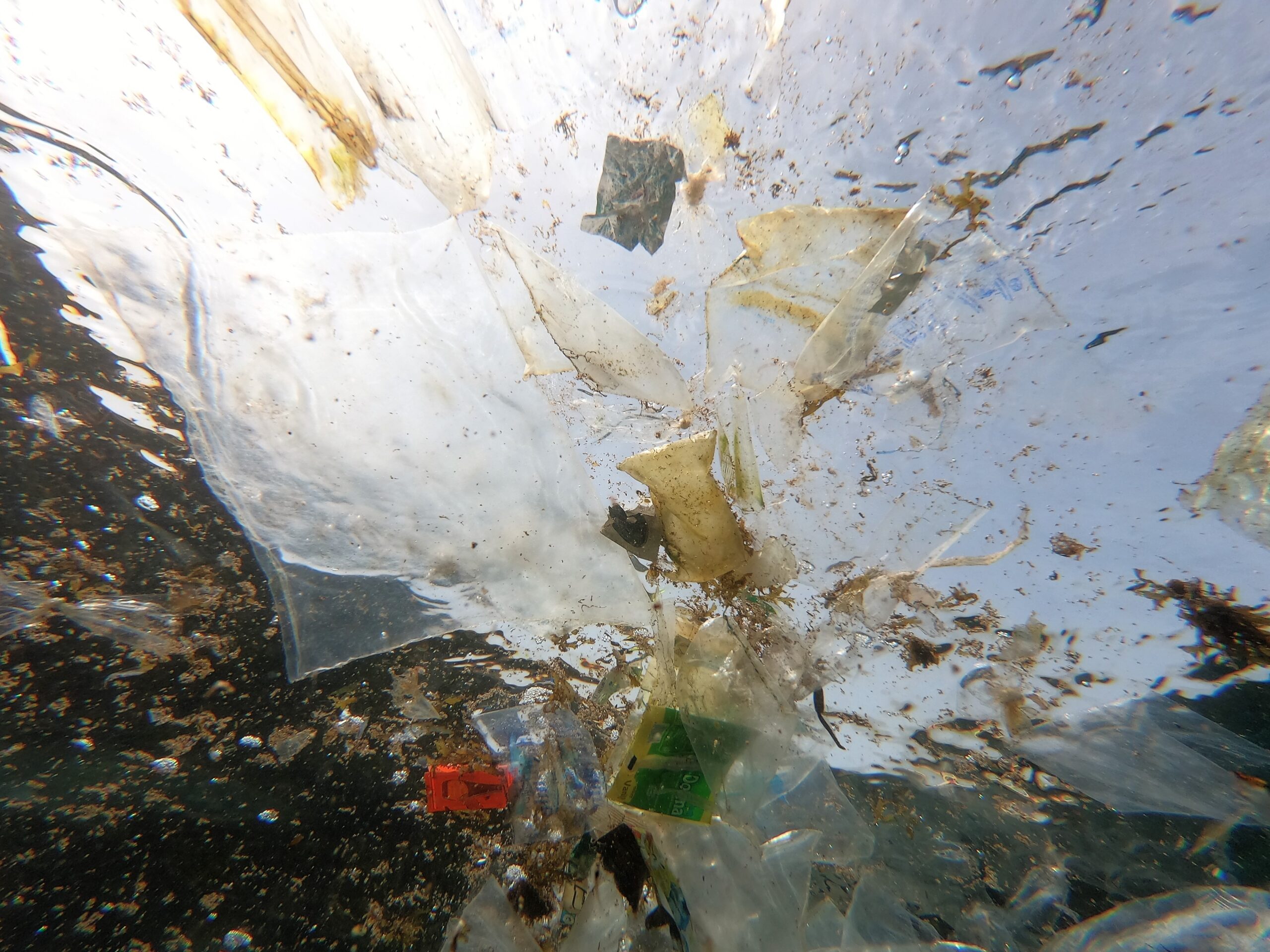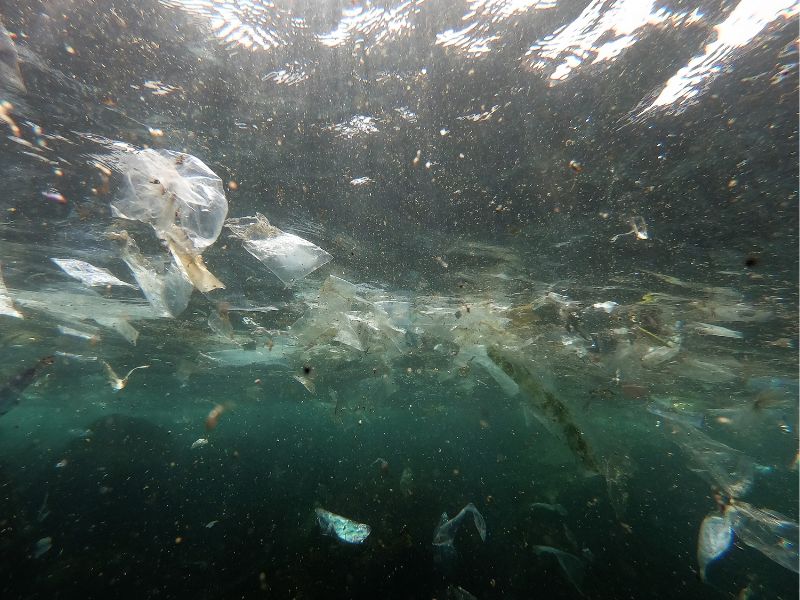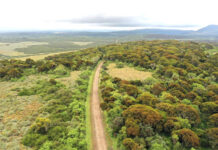
By Scovian Lillian
Nairobi, Kenya: Plastic marine pollution around Dakar City in Senegal West Africa remains a major concern and the presence of microplastics relates to either direct dumping of domestic and industrial effluents or inputs from the remote effluent of Dakar City, a study has found.
The findings published in the Science Direct Journal by Amidou Sonko, the first author, and others assessed the presence of microplastics and macroplastics in surface waters in the Dakar region, evaluated the microbiological contamination, and assessed the ecotoxicological quality of marine sediments. They also did a survey first, targeting microplastic in West African coastal waters, and evaluated microbiological contamination as well as marine sediment toxicity and mercury content on the same sites. This then provided an original overview of the marine pollution around the big West African city.
Amidou Sonko, the lead author and a post-doctoral fellow at French National Research Institute for Sustainable Development (IRD) in Senegal says, “The findings clearly call for a reflection and better diagnostic for water sanitation for the biggest West African city. The Senegalese government should care because the findings show that Dakar contributes to high levels of plastic pollution and microbiological contaminants, including E. coli, in the ocean. High levels of ecotoxicity were often found near effluents. The results are a first step within the framework of encouraging awareness and actions in West Africa. We have demonstrated the feasibility study locally and at a reasonable cost of monitoring of marine pollution around a wide panel.”
Researchers collected neuston marine water samples over the West African highly populated city, Dakar to aid their findings. Neuston are organisms of aquatic ecosystems that contain some taxa and have a direct relationship to the water surface, they may rest or move across the water surface.

The abundance of microplastic particles was around 258 954 per km2 and 37 442. One station, downstream from the major wastewater plant assessed, contained an abundance of microplastic particles of over 945 000 and 190 000 macroplastics while the offshore station had a lower amount of both microplastics and macroplastics.
The highest level of microbiological pollution had the presence of major effluents, suggesting that wastewater inputs were caused by microplastics and macroplastics.
The study notes that although Senegal decided to ban the use of plastic bags in 2020, the impacts of plastic debris (macroplastics) are ecological, economic, and social in West Africa and their impacts on tourism, sanitation, and fishing are the most reported until now.
Patrice Brehmer, co-researcher of the study says, “The findings are important because they will allow advocating of better law enforcement to enhance water sanitation efforts, as well as promote artisanal water sanitation system and create public more awareness around the marine pollution menace. Senegal has taken significant steps to address plastic pollution through legislation. The government has also partnered with NGOs and private companies to implement recycling programs and create jobs in the recycling sector. Overall, Senegal’s legislation on plastic pollution is comprehensive and demonstrates the country’s commitment to addressing environmental challenges. Nevertheless, almost all measures are taken, but they are not efficiently implemented, and controlling and monitoring of plastic pollution are too weak”.
Another study published in March this year in the PLOS ONE Journal shows that there is a significant increase in global ocean plastics distribution with wide confidence intervals from 1979 to 1990.
It shows that from 1990 to 2005, concentrations of plastic fluctuate during a trendless period, followed by a dramatic increasing trend from 2006 onward. “These observations may have been influenced by policy interventions, plastic production, fragmentation of existing floating plastic, and waste management and trade”, the study says. It also suggests that today’s global abundance of plastic particles is estimated at approximately 82–358 trillion, weighing 1.1–4.9 million tonnes.
Alexander Mangwiro, Regional Coordinator, Chemicals, Waste Management and Air Quality Subprogramme at UNEP Kenya who was not involved in the study explains that microplastics can even be found in tap water; and the surfaces of tiny fragments of plastic may carry disease-causing organisms and act as a vector for diseases in the environment.
“Microplastics can interact with soil fauna, affecting their health and soil functions. Researchers have hypothesized that human exposure to microplastics could lead to oxidative stress, DNA damage, and inflammation, among other health problems. Millions of animals are killed by plastics every year, from birds, fish to other marine organisms. Nearly 700 species, including endangered ones, are known to have been affected by plastics. Nearly every species of seabird eats plastics. Most of the deaths of animals are caused by entanglement or starvation. Seals, whales, turtles, and other animals are strangled by abandoned fishing gear or discarded six-pack rings”.
He adds,“ The solution to prevent plastic waste disposal into the rivers and seas in the first place can be accomplished through improved waste management systems and recycling, better product design that takes into account the short life of disposable packaging, and reduction in the manufacturing of unnecessary single-use plastics. The collection and recycling of plastic and other waste are important activities in a circular economy as they help to divert plastic waste from landfill and thus reduce plastic leakage into nature. These services – collection and recycling – are largely the responsibility of municipalities and, more recently, product producers as mandated by emerging Extended Producer Responsibility (EPR) regulatory frameworks”.













